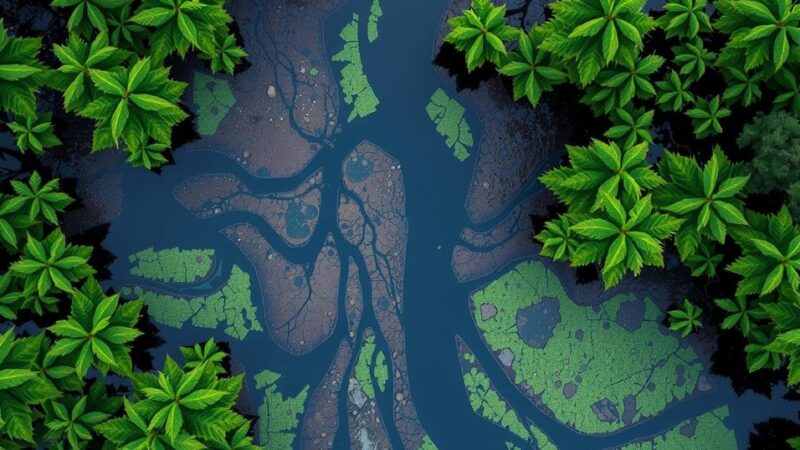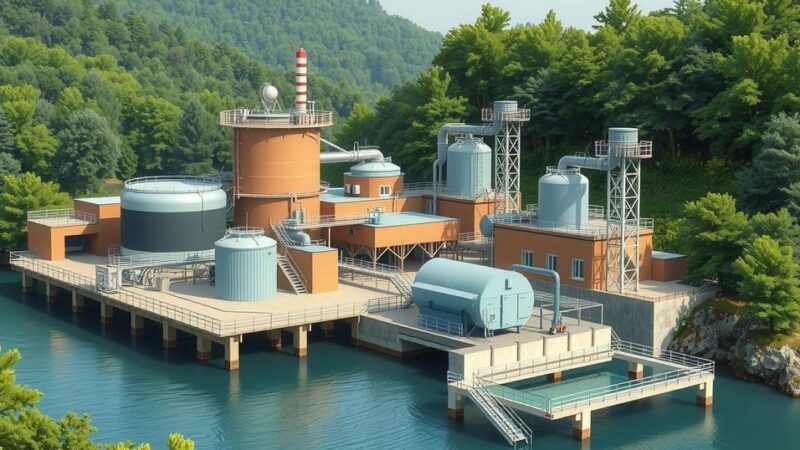An extensive study conducted off Costa Rica’s Pacific coast identified 488 unique deep-sea species from methane seeps, marking the highest biodiversity count for such regions. Led by the Scripps Institution of Oceanography, the research spanned over ten years and unveiled at least 58 species new to science, expanding knowledge of deep-sea ecosystems.
Following a decade-long research initiative focused on the methane seeps off the Pacific coast of Costa Rica, an international team of marine biologists has identified nearly 500 unique deep-sea species. This groundbreaking discovery, which includes 58 species that are completely new to science, represents the highest known biodiversity count recorded within any single seep or vent area to date.
The findings are detailed in a study published in the journal ZooKeys, where researchers cataloged the biodiversity uncovered during five research expeditions and 63 submersible dives conducted between 2009 and 2019. The total number of species documented is 488, with only 131 having been previously described, indicating that a considerable portion remains undescribed, thus raising questions about the existence of unidentified species within the remaining 299.
This extensive research project was spearheaded by the Scripps Institution of Oceanography at UC San Diego, in collaboration with the University of Costa Rica and its Museum of Zoology. Across ten years, 28 scientists from 22 different research institutions contributed to enhance our understanding of deep-sea ecosystems and their biodiversity.
Recent expeditions into unexplored regions have further highlighted the potential of deep-sea ecosystems. Notably, the Schmidt Ocean Institute conducted exploratory missions that revealed around 60 species that had not been encountered by humans before off the Chilean coast, emphasizing the vast biodiversity within these methane seeps.
Methane seeps are characterized as chemosynthetic habitats, where methane bubbles rise from the ocean floor, providing nutrition to microbes, which in turn sustain diverse marine life. The recent study conducted by Scripps offers critical insights into the complex ecosystems present at depths ranging from 400 to 3,800 meters, encompassing various geological features.
Lead author Charlotte Seid expressed hope that the comprehensive data released would bolster research, education, and conservation efforts regarding deep-sea biodiversity. The published study, titled “A Faunal Inventory of Methane Seeps on the Pacific Margin of Costa Rica,” was made available in January 2025 as part of a special issue in ZooKeys.
In conclusion, the research conducted off the coast of Costa Rica has yielded remarkable findings regarding deep-sea biodiversity, with a notable species count of 488 including at least 58 previously unrecognized species. This study underscores the importance of continued exploration in deep-sea environments, revealing a wealth of biological diversity that is critical for understanding marine ecosystems.
Original Source: oceanographicmagazine.com






